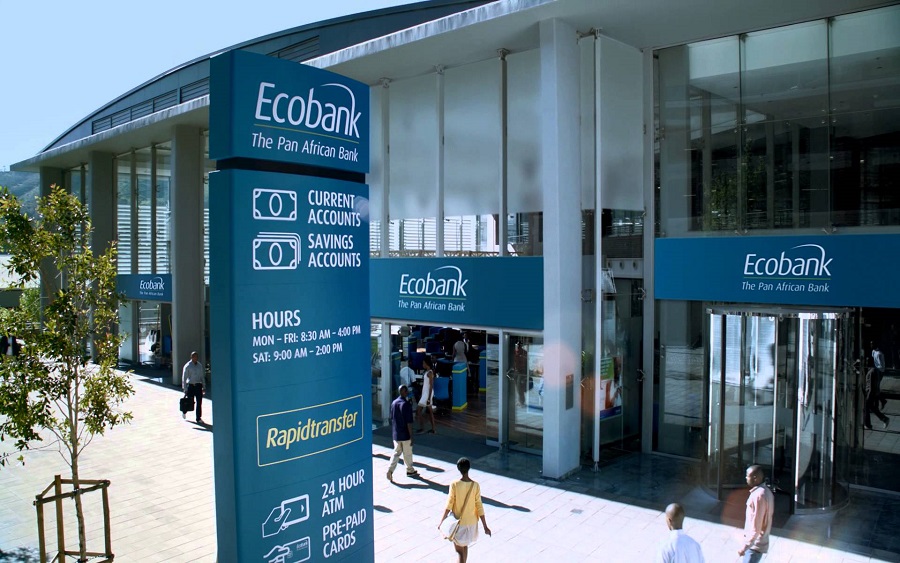The Nigerian Export-Import Bank (NEXIM) has announced that it is launching a N10 billion export facility for catering to women and youth to enable them take advantage of international trade opportunities.
This was disclosed by Stella Okotete, Executive Director, Business Development of NEXIM, at the presentation of the Women And Youth Export Facility (WAYEF) by the bank on Tuesday in Abuja.
She added that the WAYEF scheme was launched by the bank to improve the roles played by women and youth in Nigeria’s international trade, and boost export trade participation for the demography, citing that the interest rate under the facility would reduce to 5% by 2022 from the present 9%.
READ: Afreximbank set to commit $200 million to Africa’s export fund
“So, there’s no better time than now to avail yourself to tap into these products… if you can actually become an aggregator, you can increase your export quantity and employ more women and young people in Nigeria to play in the export value chain,” she added.
Mr Abba Bello, the Managing Director of the bank said:
- The bank has provided normal support for many export-oriented industries that are employers of women and youth.
- We however seek to do more by supporting women and youth-owned businesses operating in the various aspects of the export value chain.
- This initiative speaks to the new concept of analytical work of grace, quality and how we can best work together across all levels of government, the private sector, and the civil society in translating evidence into impact on women’s economic empowerment in Nigeria.
READ: TLG Capital and Fidelity Bank to invest $20 million on Nigerian SMEs
What you should know
The female unemployment rate in Nigeria as of Q4 2020 increased to 35.2% from 31.6% recorded in Q2 2020. This is according to the recent labour force report released by the National Bureau of Statistics (NBS).
Of the 61.63 million women in the working population (15 – 64 years of age) as of Q4 2020, accounting for 50.5% of the total working population, only 30.15 million of these women were willing and able to work i.e labour force, which represents about 43.3% of the total labour force in the period under review.























yes